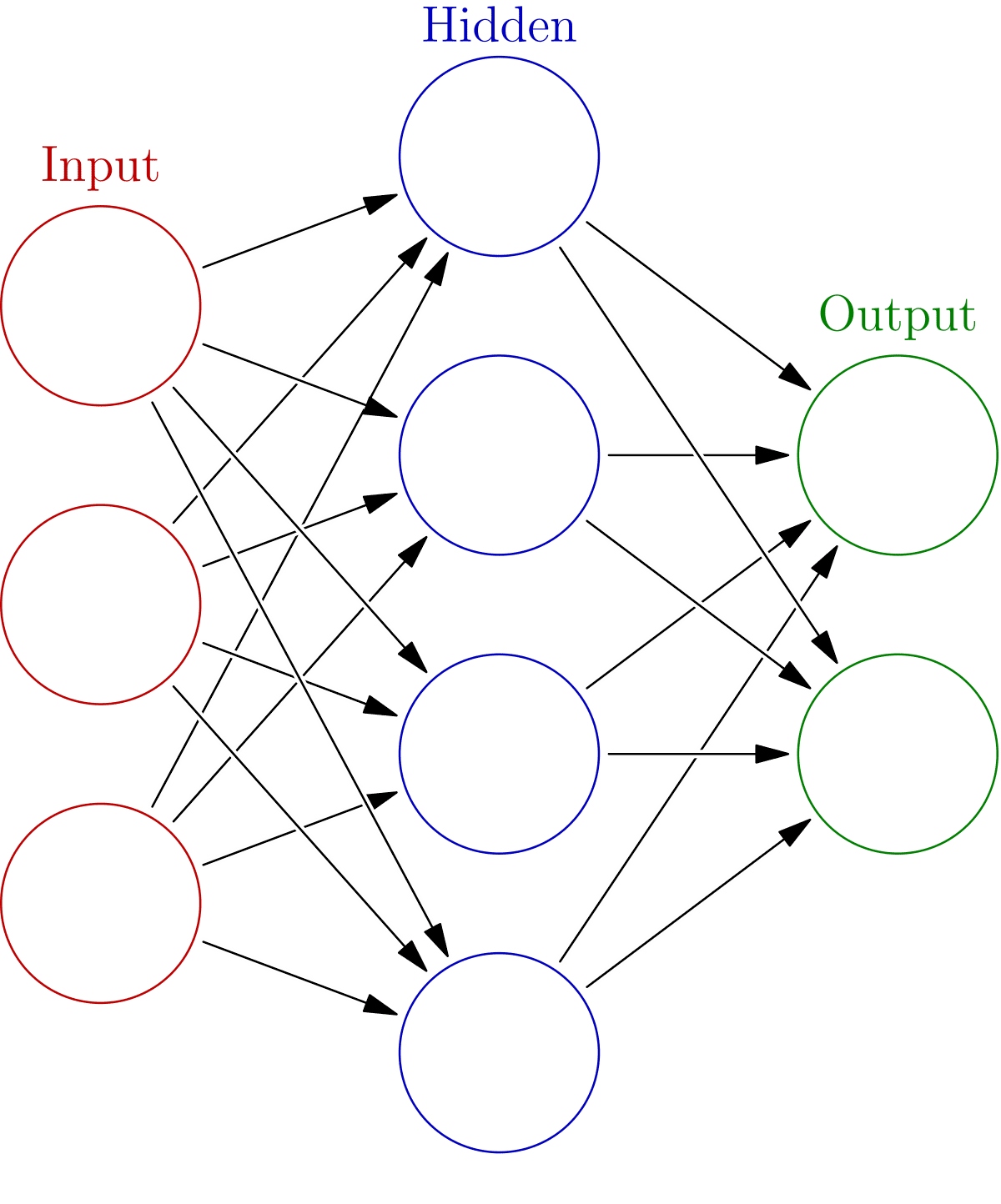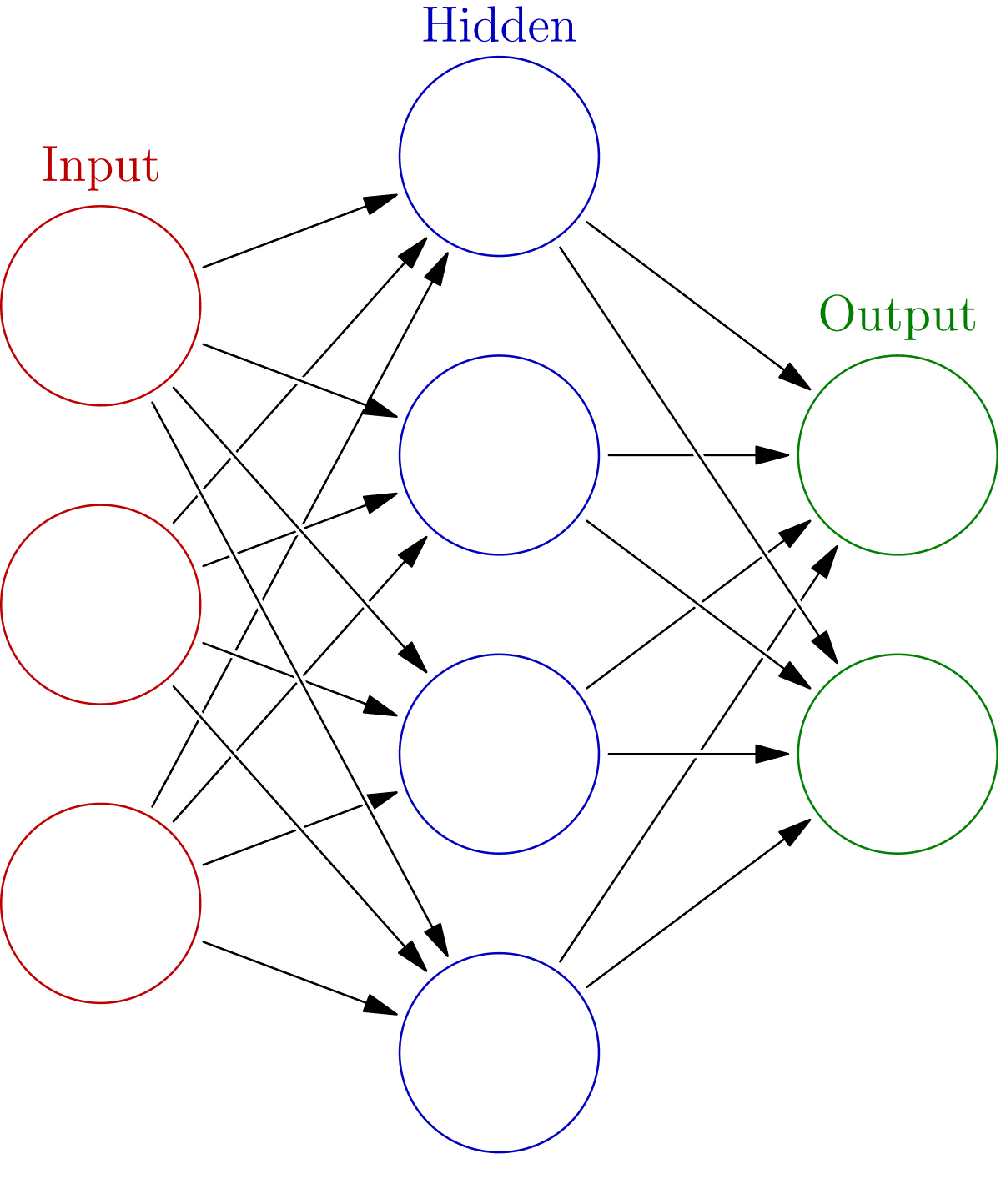Introduction to Image Recognition and Neural Networks
Convolutional Neural Networks have become a cornerstone in modern image recognition. Convolutional Neural Networks are pivotal in leveraging machine learning fundamentals to process and analyze visual data. The increasing capabilities of Convolutional Neural Networks have driven their integration across multiple industries such as healthcare, automotive, and security. Their application stems from robust algorithms that learn patterns and features with minimal human intervention.
Fundamentals of Machine Learning and Image Processing
Convolutional Neural Networks constitute the backbone of image recognition systems. These networks implement layers of artificial neurons that automatically learn spatial hierarchies from input images. The process begins with raw pixel data that the network converts into abstract features. This ability extracts edges, textures, and shapes, thereby enhancing the role of machine learning in image processing. The technical approach includes:
- Data preprocessing and normalization
- Layered convolution operations
- Activation functions and pooling techniques
Convolutional Neural Networks are deployed using popular frameworks such as TensorFlow and PyTorch. This setup ensures both scalability and efficiency. The process involves detailed coding practices with emphasis on reproducibility and performance optimization. Numerous case studies illustrate how Convolutional Neural Networks drive technologies like automated medical diagnosis and real-time surveillance systems.
Practical implementations include structured steps. A detailed analysis involves:
- Collecting and curating image datasets
- Designing network architectures
- Training networks with iterative optimization
- Evaluating outcomes through performance metrics
Convolutional Neural Networks remain integral to the evolution of image processing. Their deep learning mechanisms and layered design ensure that these networks deliver accurate recognition and classification results. Detailed research by established entities validates the efficiency of Convolutional Neural Networks in refining automated visual recognition tasks. The industry consistently benefits from iterative improvements in algorithms and architectures. Convolutional Neural Networks are therefore recognized not only for their technological prowess but also for their capacity to reduce human error in critical applications. The continuous development of these networks reinforces industry trust and encourages their integration in practical implementations of CNNs, ensuring that image recognition systems offer enhanced accuracy and reliability.
Detailed Exploration of Convolutional Neural Networks: Architecture, Frameworks, Implementation, and Coding Examples
Convolutional Neural Networks form the backbone of this section. Convolutional Neural Networks are engineered using a layered approach that optimizes image recognition tasks by automatically learning feature hierarchies. The architecture of these networks includes several key elements such as input layers, convolution layers, pooling layers, fully connected layers, and output layers. These components work together to transform raw pixel data into higher-level features.
Architecture and Key Components
The architecture of Convolutional Neural Networks is structured to minimize manual feature extraction while ensuring high performance through layered computations. The typical architecture involves:
- Input Layer: Ingests image data for processing.
- Convolution Layers: Apply filters to create feature maps while preserving spatial relationships.
- Pooling Layers: Reduce spatial dimensions and mitigate overfitting.
- Fully Connected Layers: Aggregate extracted features and prepare for classification.
- Output Layer: Produces prediction probabilities or labels.
This layered design allows Convolutional Neural Networks to detect edges, textures, and complex patterns, making them highly capable for image classification and recognition tasks.
Popular Frameworks and Implementation Steps
Implementing Convolutional Neural Networks can be efficiently accomplished using popular frameworks such as TensorFlow and PyTorch. Both frameworks provide robust libraries and tools that simplify network design and training. The basic implementation steps include:
- Data preprocessing: Normalizing pixel values and augmenting datasets.
- Designing the network architecture: Defining convolution, pooling, and dense layers.
- Compiling the model: Selecting loss functions, optimizers, and evaluation metrics.
- Training and validation: Employing iterative optimization to fine-tune weights.
- Performance evaluation: Testing the network on unseen data and refining the model.
Below is a coding example using Python and TensorFlow to implement a basic Convolutional Neural Network:
import tensorflow as tf
from tensorflow.keras import layers, models
model = models.Sequential([
layers.Conv2D(32, (3, 3), activation='relu', input_shape=(28, 28, 1)),
layers.MaxPooling2D((2, 2)),
layers.Conv2D(64, (3, 3), activation='relu'),
layers.MaxPooling2D((2, 2)),
layers.Flatten(),
layers.Dense(64, activation='relu'),
layers.Dense(10, activation='softmax')
])
model.compile(optimizer='adam', loss='sparse_categorical_crossentropy', metrics=['accuracy'])
model.summary()This example highlights practical implementation steps and coding practices crucial for optimizing Convolutional Neural Networks. The iterative approach, coupled with real-time performance evaluation, helps developers troubleshoot potential issues. Additionally, the integration of TensorFlow or PyTorch ensures scalability and efficient computation, critical for processing large image datasets. The emphasis on reproducibility and performance optimization has led companies to adopt these frameworks for advanced image recognition and classification. Technical documentation available at the official TensorFlow Guide provides further insights into best practices and advanced coding techniques.
In conclusion, a detailed exploration of Convolutional Neural Networks demonstrates their layered architecture, practical implementation steps, and coding examples that contribute to their widespread adoption in image recognition. This comprehensive approach ensures that practitioners can build, optimize, and deploy CNNs effectively, reinforcing their importance in modern machine learning systems.
Performance Analysis and Optimization in Image Recognition
Convolutional Neural Networks are pivotal in evaluating performance and optimizing image recognition systems. In this section, detailed performance analysis is carried out through comprehensive evaluation of CNN results, techniques for enhancing accuracy, troubleshooting common challenges, and an overview of future trends in the field. Convolutional Neural Networks remain the core element used to assess model efficiency and draw actionable insights from performance metrics.
Evaluating CNN Results
Convolutional Neural Networks performance is measured by comparing predicted outputs with ground truth datasets. Key performance metrics include accuracy, precision, recall, and F1 score. Evaluations are typically performed using techniques such as cross-validation and test-train splits. In practice, the analysis involves:
- Collecting confusion matrices to identify classification errors
- Assessing loss curves and accuracy graphs
- Implementing A/B testing on different architectures
Developers often use real-world datasets for thorough testing. Detailed documentation from sources like TensorFlow API Documentation provides guidelines on performance evaluation. Convolutional Neural Networks are thus continuously refined based on evaluation results to improve reliability.
Techniques for Enhancing Accuracy
Optimizing Convolutional Neural Networks involves various techniques that improve the accuracy of image recognition systems. Early preprocessing methods such as contrast normalization, image augmentation, and noise reduction lay the foundation for high-quality inputs. Additional techniques include:
- Hyperparameter tuning: Adjusting learning rates, batch sizes, and the number of layers.
- Regularization techniques: Using dropout and batch normalization to prevent overfitting.
- Data balancing: Ensuring training data is diverse and represents all classes equally.
Moreover, iterative training with error analysis reinforces the model, while experimenting with advanced architectures further enhances performance. Numerous case studies and statistical analyses confirm that well-optimized Convolutional Neural Networks provide significantly higher prediction reliability. These methods form an integral part of contemporary image recognition best practices.
Troubleshooting Common Challenges
Addressing issues in training and optimizing Convolutional Neural Networks is critical. Common challenges include data imbalance, gradient vanishing, and overfitting. Effective troubleshooting methods involve:
- Monitoring performance graphs to detect anomalies during training
- Revising network layers and activation functions
- Enhancing data preprocessing techniques to strengthen the training set
Developers are advised to conduct systematic error analysis using tools available in frameworks like TensorFlow and PyTorch. Published research on model optimization also offers insights into overcoming prevalent issues. Convolutional Neural Networks applied with continuous monitoring result in stable, efficient image recognition systems even when faced with unexpected data variety.
Future Trends in Image Recognition
Looking forward, the evolution of Convolutional Neural Networks in performance analysis and optimization is expected to incorporate more automated techniques and advanced algorithms. Emerging trends include the integration of reinforcement learning for dynamic model adjustments and the use of generative adversarial networks for enhanced data synthesis. Furthermore, increased computational power and cloud-based solutions will facilitate real-time optimizations. Key trends include:
- Automated hyperparameter optimization
- Real-time performance monitoring using AI-driven diagnostics
- Integration of multimodal data analytics for holistic image understanding
Experts predict that the evolution of Convolutional Neural Networks will not only streamline troubleshooting but also extend application areas in high-stakes environments such as medical imaging and autonomous vehicles. Continuous research and technological advancements, as documented in recent IEEE publications, underline the relevance and adaptability of these systems. Overall, performance analysis and optimization remain crucial to ensuring that Convolutional Neural Networks meet high standards in accuracy and reliability in future image recognition applications.





